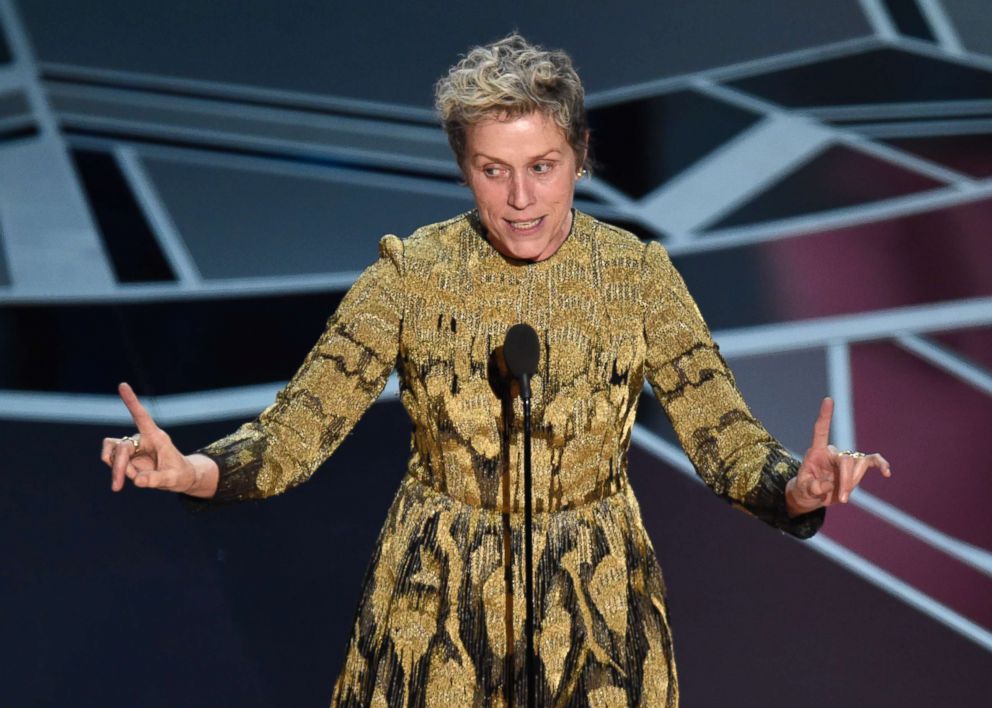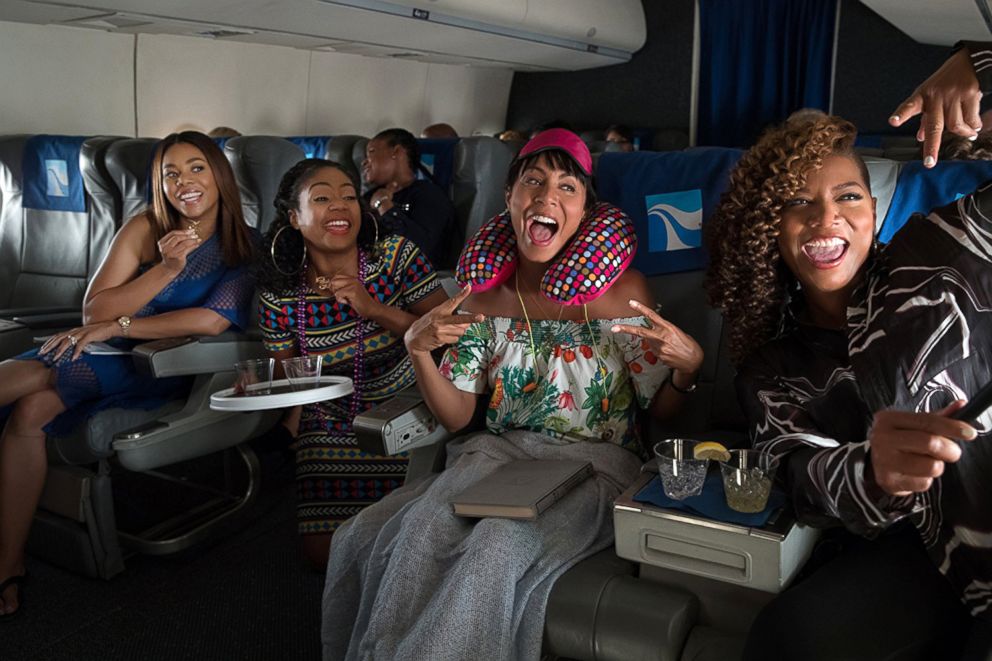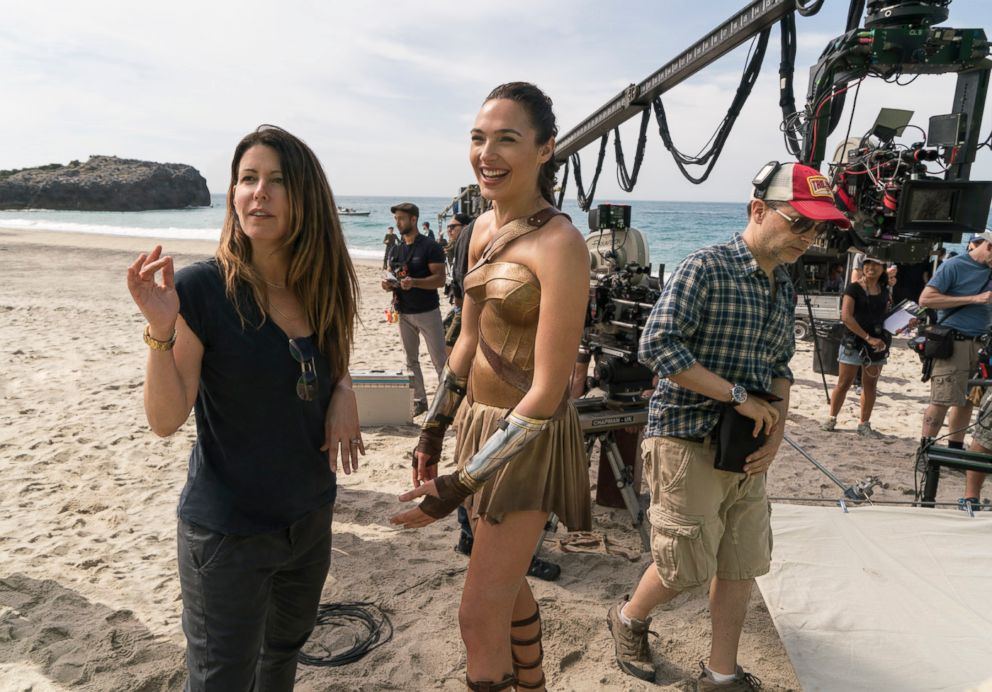Hollywood has made 'no progress' for female characters on screen, study shows
New study shows that Hollywood is still slow to change despite recent upheaval.
Despite #MeToo, Time's Up and talk of inclusion riders, Hollywood has been slow to change in its depiction of women on the big screen.
There has been "no progress" for women on-screen over the last decade, according to a new report by the University of Southern California (USC) Annenberg Inclusion Initiative. An analysis of the top 100 films from 2017 found only 31.8 percent of the characters with dialogue were women -- about the same amount as it has been for the past 11 years.
Meanwhile, white men occupied more than twice the number of speaking roles as women in 2017.
"Even with the cacophony of voices crying out for inclusion and workplace safety... Hollywood hasn't really responded to the only thing that would create change," Stacy L. Smith, the study's author, told ABC News, citing hiring as the single best way to create parity. "Until those hiring practices change, none of these numbers are going to change."

The study, which examined 48,757 characters in 1,100 films over the last 11 years, showed the ongoing exclusion of women, people of color, LGBTQ characters and people with disabilities from the big screen.
Even with blockbuster films like "Wonder Woman," "Girls Trip" and "Black Panther," only 33 films last year had women in leading roles. And only four of those female leads were women of color.
"People tend to overestimate the occurrence of something because of really salient examples," Katherine Pieper, one of the study's co-authors, told ABC News. "If there are only 33 movies with female leads, there are a lot of other movies that don't have female leads."

The numbers for women of color were especially bleak. Of the top 100 films, 43 had no black female characters, 64 did not include any Latinas, and 65 had no Asian or Asian-American women.
Smith said until the actual "levers that are driving inequality" are targeted, not much will change. Even company mentoring programs are not enough, because they divert attention away from "exclusionary hiring practices."
The quickest way to achieve gender parity on screen is by adding more female speaking roles to scripts, the study noted. Just adding five additional female roles to each script would achieve 50-50 gender parity by the year 2020.
"The great thing about this solution, it doesn't take jobs away from male actors, it doesn't cost very much, it can be small roles, it can be women from lots of different backgrounds," Pieper said. "It also adds to the talent pipeline. This is something very straightforward and simple but it can have a powerful impact over time."

Hiring decisions should also to extend to more jobs for women and people of color behind the camera.
"We do see an association between who is directing and who is in front of the camera," Pieper said.
The study showed that out of 1,100 films, only 43 women worked as directors.
"One way to think about increasing inclusion on screen is to think about who is being hired behind the camera," Pieper said.




